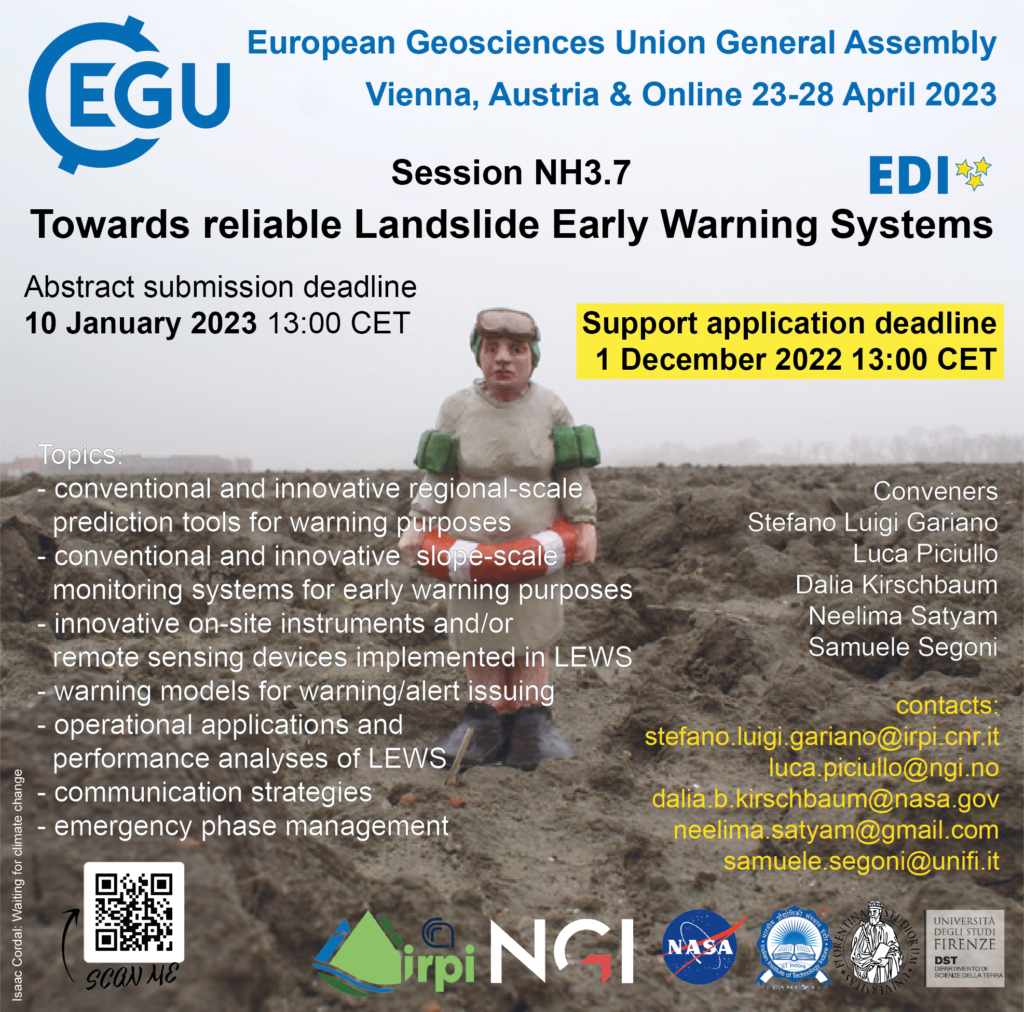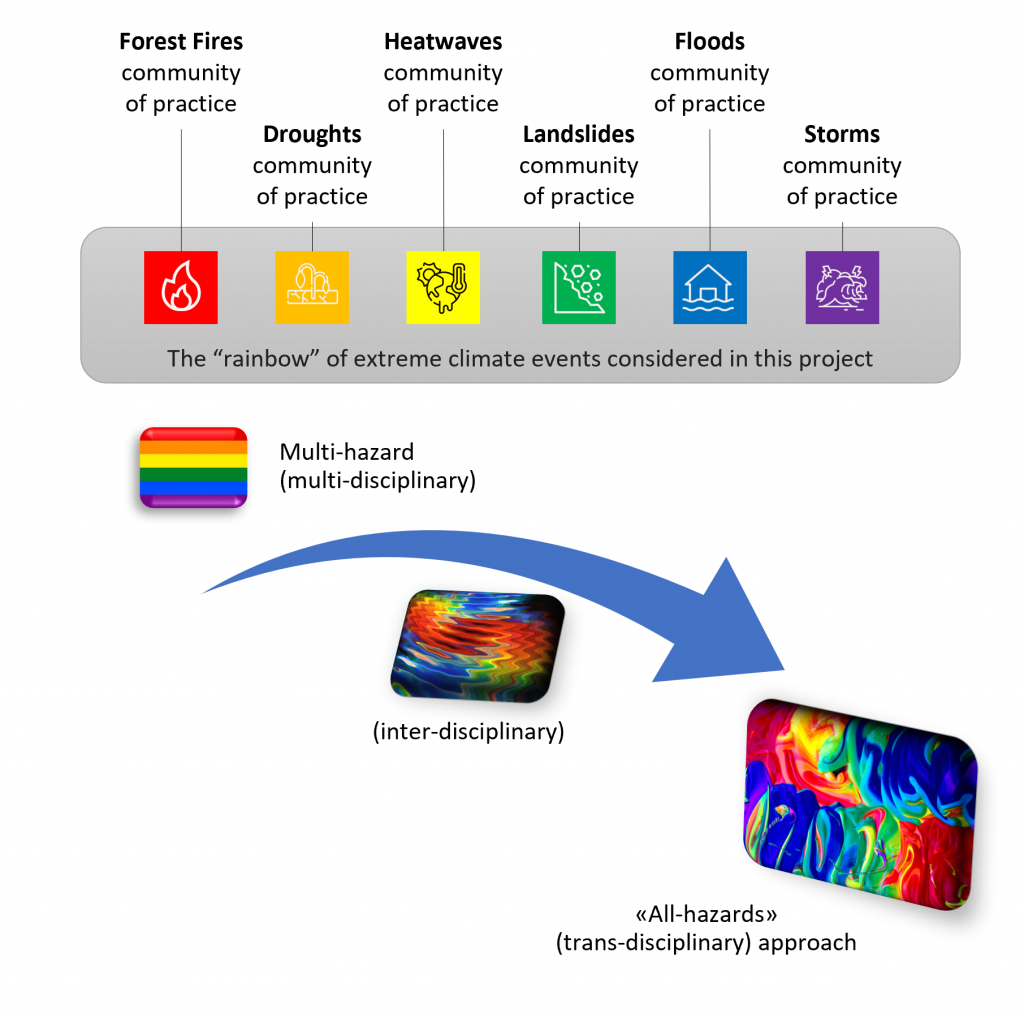NEWS received from
Luca Piciullo (NGI Norway)
—–
Third Workshop on How to use IoT data in landslide modelling for the IoT-based methods and analyses Working group
December 1 – 16:00 – 17:30 CET time
Agenda
16:00-16:15 Dylan Mikesell (NGI, Norway) – Timeline and planned activities
16:15-16:30 Ben Mirus (USGS, USA) – Overview of USGS monitoring, modeling, and other research strategies for real-time situational awareness and landside warning
16:30-16:45 Luca Piciullo (NGI, Norway) – A first step towards a IoT-based local early warning system for an unsaturated slope in Norway
16:45-17:00 Roberto Greco (University of Campania, Italy) – Identification of Hydrological Controls for Improvement of Shallow Landslide Prediction in Pyroclastic Slopes of Campania
17:00 Discussion

Ben Mirus is a Research Geologist with the U.S. Geological Survey’s Landslide Hazards Program in Golden, Colorado. Ben applies his background in geology, hillslope hydrology, and numerical modeling towards developing new tools for landslide hazard assessment and loss reduction.
Luca Piciullo PhD at the University of Salerno, Italy, in Geotechnical engineering. Currently employed at the Norwegian Geotechnical Institute (NGI), Oslo, Natural Hazards division, in the section Slope stability and risk assessment. The technical and scientific work focuses on slope stability analysis, monitoring and risk mitigation with early warning systems, risk assessment of building damages due to deep excavations and tailings dams stability analysis.
Roberto Greco, Ph.D. in Hydraulic Engineering at Università di Napoli “Federico II” in 1997, professor of Hydrology and Hydraulic Infrastructures at Università della Campania “L. Vanvitelli”, teaching in the M.Sc. courses in Civil and Environmental Engineering. Since 2016, member of the Editorial Board of Hydrology and Earth System Sciences. The research activity deals with monitoring and modelling of water in natural and artificial systems, with specific focus on hillslope hydrology and landslides; preferential flows in unsaturated soils; environmental impact of sewer systems; management of water supply networks.





